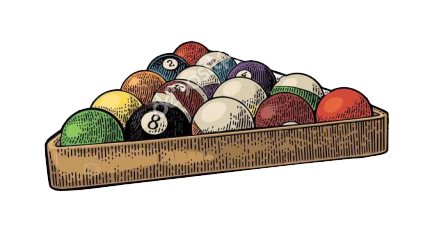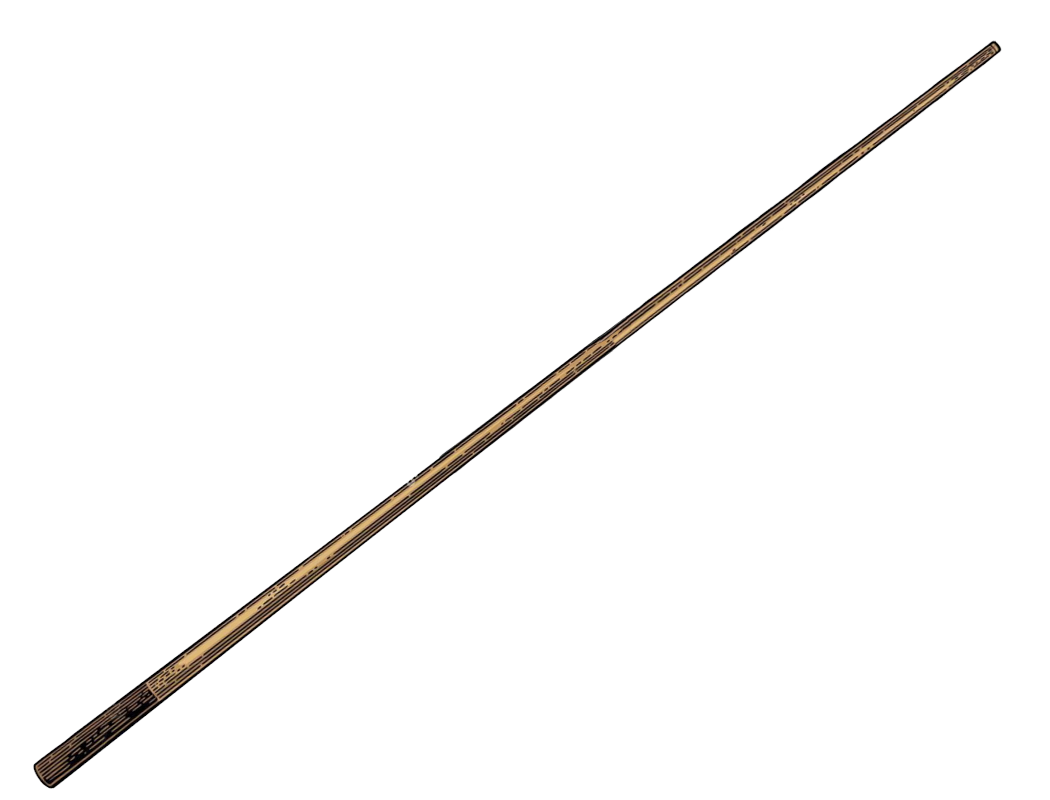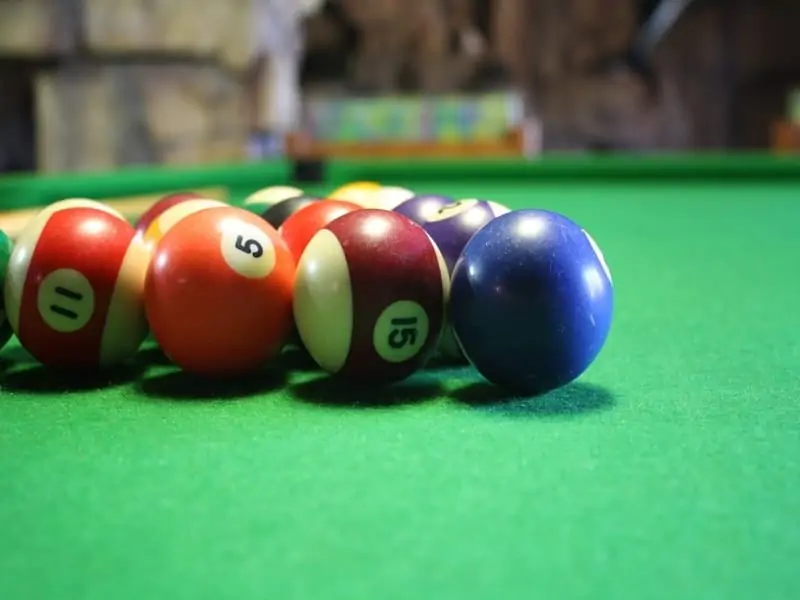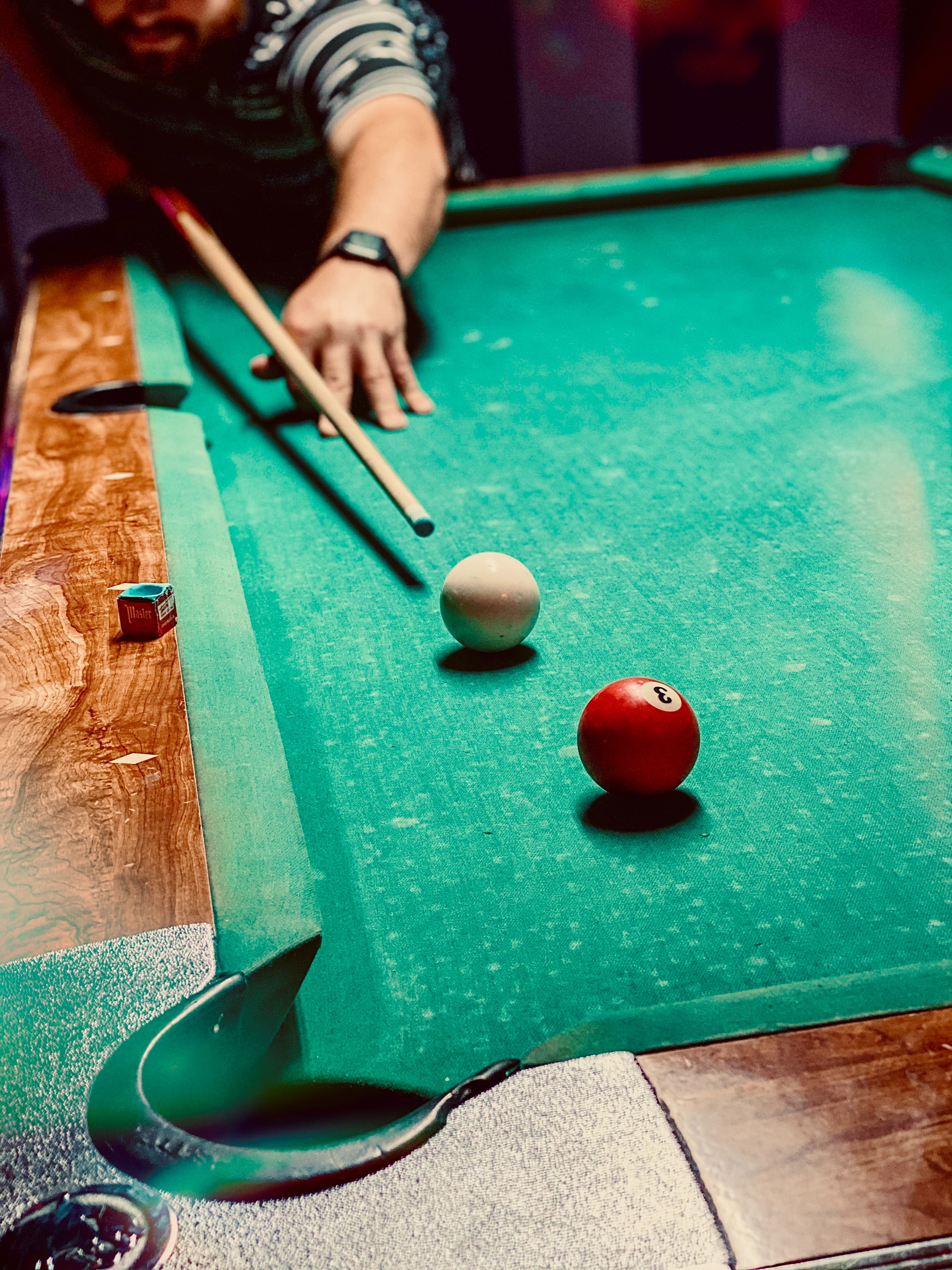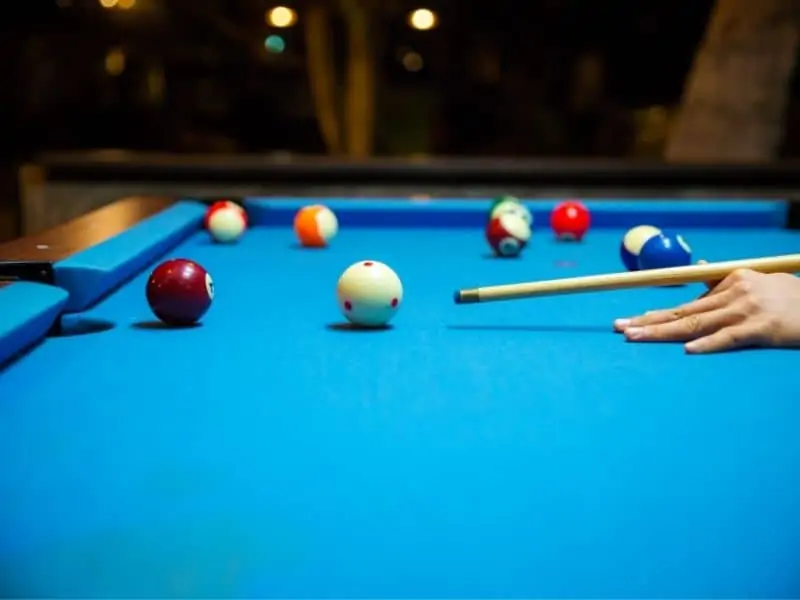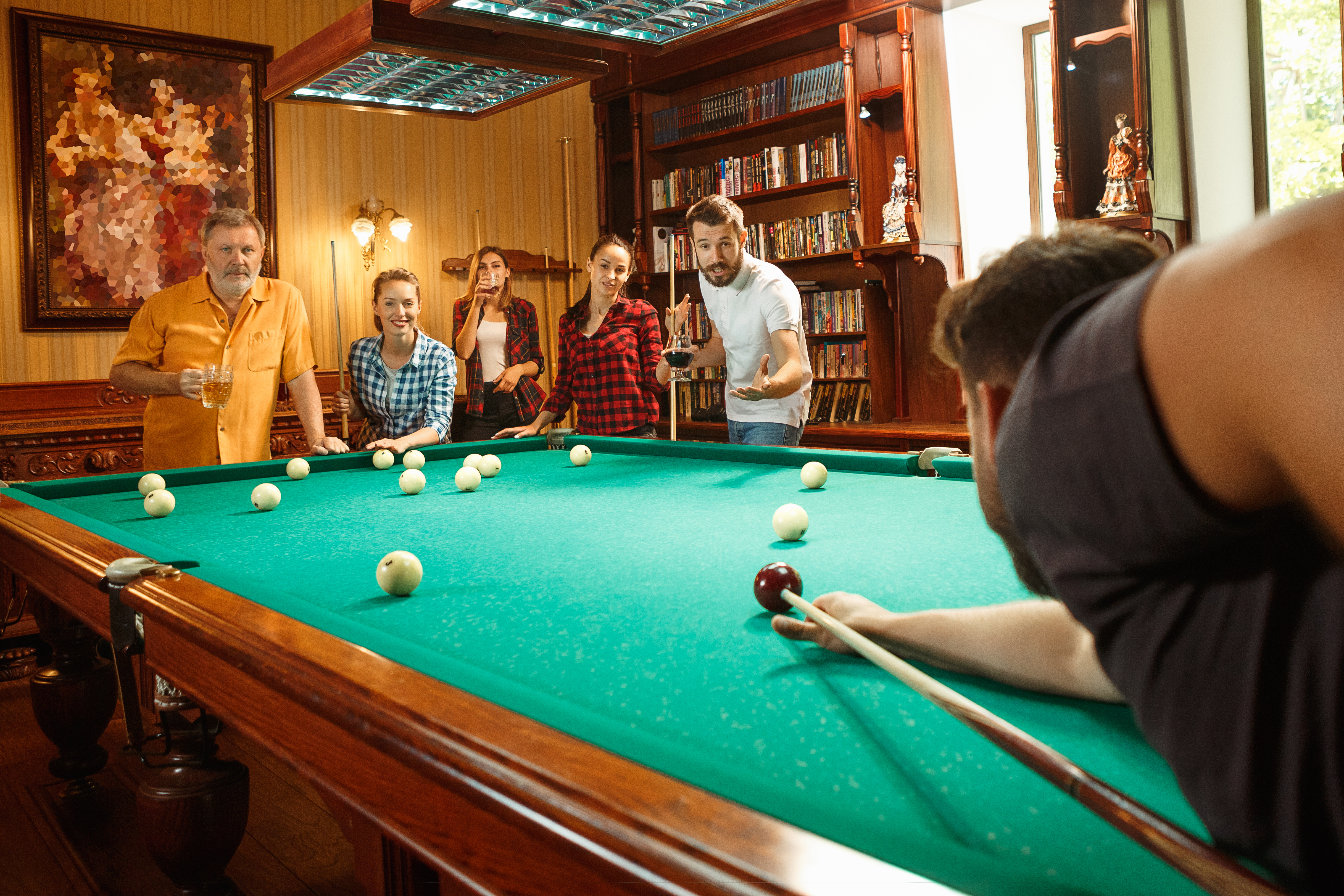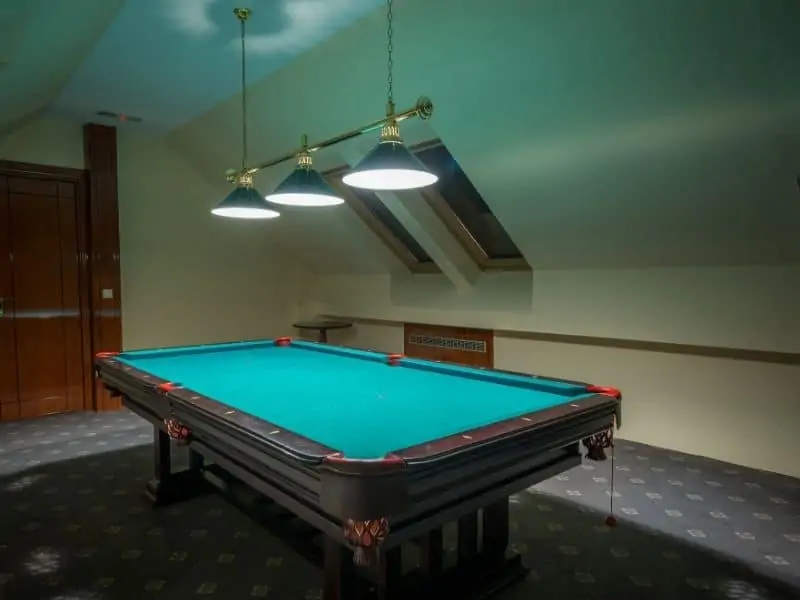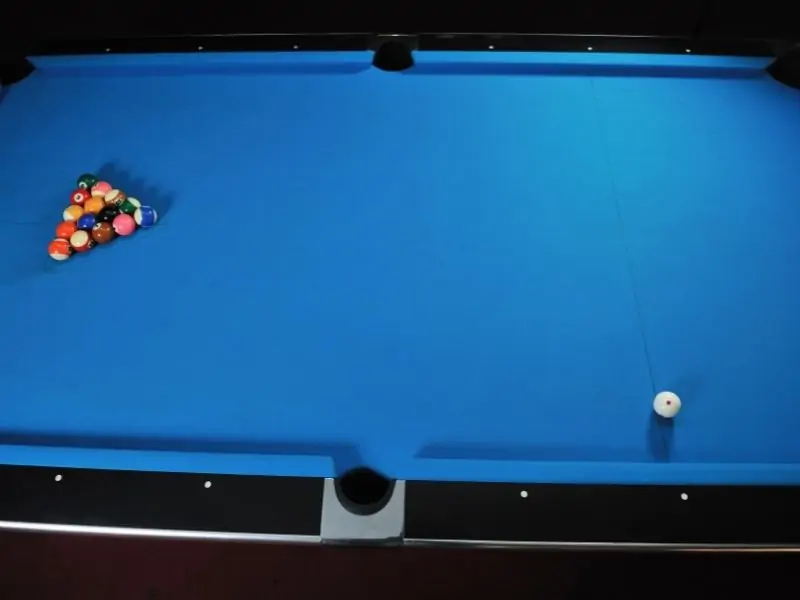Have you ever paused in the middle of a spirited game of pool to wonder what those shiny, colorful billiard balls are actually made of? If so, you’re not alone. Understanding the materials used in pool balls can be as enlightening as it is surprising.
Quick Answer: What Are Pool Balls Made Of?
For those in a hurry: Modern, high-quality pool balls are primarily made from phenolic resin, a durable and high-density synthetic polymer. This material offers superior impact resistance, longevity, and consistent play.
Less expensive alternatives include acrylic and polyester, which are less durable and may affect the quality of your game. Now, if you’re curious about the details, let’s dive deeper into the world of pool balls and their composition!
Author Note
Aramith Billiard Balls from Belgium are considered the highest quality phenolic resin pool balls, and are the featured pool ball for almost every major billiards tournament. Click here to learn more about them.
Fascinating Factoids: What You Didn’t Know About Pool Balls
Ivory Rarity: In the era of ivory pool balls, it took roughly three elephants to create a single set of billiard balls. This unsustainable practice led to the search for alternative materials.
Explosive Alternatives: The celluloid used in early pool balls was highly flammable and could sometimes even explode upon impact!
Weighty Matters: A standard pool ball weighs about 5.5 to 6 ounces (156 to 170 grams). This weight has been standardized for professional play.
Color Coding: The colors on pool balls are not just for show. They’re standardized for various games; for instance, the 8-ball is always black, and the 1 and 9 balls are typically yellow.
Sound Signature: Phenolic resin pool balls produce a unique, crisp sound when colliding, which is not just pleasing to the ear but also an indicator of quality.
High-Tech Testing: Modern pool balls go through stringent quality tests, including balance, hardness, diameter, sphericity, and weight tests to ensure top-notch performance.
Material Milestone: Phenolic resin, the material of choice for modern pool balls, was actually first developed as an electrical insulator before it revolutionized the billiards world.
Eco-Friendly Shift: As environmental concerns grow, there’s research going into creating eco-friendly materials for pool balls that perform as well as current industry standards but are biodegradable or recyclable.
A Brief History: The Evolution of Pool Ball Materials
The journey of pool ball materials is a fascinating tale of innovation and adaptation, reflecting advancements in technology as well as shifts in cultural values. Here’s a quick timeline to showcase how pool balls have evolved over the years:
16th-19th Century: Ivory Era
In the early years, ivory was the material of choice for pool balls. Extracted from elephant tusks, ivory balls were considered high-quality but were expensive and raised significant ethical concerns. As the demand for pool grew, the unsustainable nature of ivory became evident, necessitating a search for alternatives.
Late 19th Century: Celluloid and Clay
The late 1800s saw the introduction of celluloid as an alternative to ivory. Though less expensive, celluloid had its own drawbacks, including flammability. Around the same time, clay balls also gained popularity for their affordability, though they lacked the durability and feel of ivory.
Early 20th Century: Bakelite and Crystalite
The early 1900s brought Bakelite into the picture, one of the first synthetic plastics. Another material, known as Crystalite, a type of hardened glass, also made an appearance but was quickly phased out due to its tendency to shatter.
Mid-to-Late 20th Century: Polyester and Acrylic
As technology advanced, manufacturers turned to polyester and acrylic materials for their cost-effectiveness. While these materials were more affordable, they lacked the durability and consistent performance characteristics of higher-quality materials, making them more suitable for casual play.
21st Century: The Phenolic Resin Revolution
Today, phenolic resin is the gold standard for pool balls. Developed through the polymerization of phenol and formaldehyde, phenolic resin offers a combination of durability, impact resistance, and a consistent playing experience, making it the preferred choice for professional and serious amateur players alike.
By tracing the materials used in pool balls from ivory to phenolic resin, we can see a clear evolution towards sustainability, durability, and performance. Each era of material reflects the priorities and capabilities of its time, making the history of pool ball materials a microcosm of broader technological and ethical advances.
What is Phenolic Resin?
Phenolic resin is a type of synthetic polymer made from the polymerization of phenol and formaldehyde. The process typically involves reacting phenol with formaldehyde in the presence of a catalyst, which results in a complex network of polymer chains. The final product can be tailored to have varying properties, such as hardness, resistance to heat, and electrical insulative qualities, among others.
Phenolic resins are commonly used in a variety of industrial applications beyond pool balls, including:
- Laminates: Used as the binder in various types of laminates, including those for countertops and printed circuit boards.
- Insulation: Employed in electrical insulations and fire-resistant materials due to its non-conductive properties.
- Coatings: Used in protective coatings for a variety of surfaces, ranging from metal to wood.
- Adhesives: Used in bonding a variety of materials together, including in the automotive and aerospace industries.
- Abrasive Materials: Used in grinding wheels and sandpaper.
The reason phenolic resins are commonly used for high-quality pool balls is due to their hardness, durability, and high resistance to friction and impact, all of which are crucial properties for consistent and professional gameplay. They also have a low coefficient of friction, making them ideal for smooth rolling and rebounding on the pool table.
Phenolic resins are also relatively resistant to chemical corrosion, moisture, and high temperatures, which adds to their durability and long-term performance.
How to Determine a Phenolic Resin Pool Ball
Determining whether a pool ball is made from phenolic resin can involve several methods. Here are some ways you can identify a phenolic resin pool ball:
Manufacturer’s Information:
The most straightforward way to confirm the material of the pool balls is to check the manufacturer’s specifications. Reputable companies often provide detailed information about their products. This information could be on the packaging, website, or accompanying documentation.
Price:
High-quality phenolic resin pool balls are generally more expensive than those made from acrylic or polyester. While price is not a 100% guarantee, a higher price point can be an indicator of quality and, by extension, the likelihood that the balls are made from phenolic resin.
Weight and Balance:
Phenolic resin balls typically have a consistent weight and are well-balanced, which is something you might be able to feel when handling them. You can compare the suspected phenolic resin ball with known acrylic or polyester balls to feel the difference.
Sound:
The sound made upon collision can also be a good indicator. Phenolic resin balls usually produce a more resonant, crisp sound compared to their polyester or acrylic counterparts.
Bounce Test:
If you gently drop a phenolic resin ball and an acrylic or polyester ball from the same height onto a hard surface, the phenolic resin ball will generally bounce less, demonstrating its higher density and hardness.
Surface Finish:
High-quality phenolic resin balls usually have a very smooth, glossy surface that’s free of seams or imperfections. This surface tends to be more resistant to chipping and scratching.
Professional Consultation:
If you’re still unsure, consider consulting experts or taking the ball to a specialized retailer for identification.
Laboratory Tests:
In extreme cases where definitive identification is required, a material composition test could be conducted. However, this is usually unnecessary for the average consumer and is more suited for professional settings.
Keep in mind that while these methods can be helpful indicators, they may not provide a definitive answer. Checking with the manufacturer is often the most reliable way to confirm the material of the pool ball.
Frequently Asked Questions: All About Pool Ball Materials
What are modern pool balls made of?
Modern, high-quality pool balls are primarily made from phenolic resin, a synthetic polymer known for its durability, impact resistance, and glossy finish.
Were pool balls ever made of ivory?
Yes, in the early years of billiards and pool, balls were made from ivory. However, due to ethical and sustainability concerns, this practice has long been discontinued.
What are less expensive pool balls made from?
Less expensive pool balls are often made from materials like acrylic and polyester. While more affordable, these materials tend to be less durable and consistent in terms of play.
What is phenolic resin?
Phenolic resin is a synthetic polymer created by polymerizing phenol and formaldehyde. It is highly durable, impact-resistant, and is considered the gold standard for modern pool balls.
How can I tell if a pool ball is made of phenolic resin?
You can identify a phenolic resin pool ball by checking the manufacturer’s information, evaluating its price, feeling its weight and balance, listening to the sound it makes upon collision, and observing its bounce when dropped from a height.
Were pool balls ever made of wood?
Yes, before the availability of more refined materials like ivory, pool balls were often made from hardwoods like oak or maple. Wooden balls were less consistent and durable compared to modern materials.
Why does the material of a pool ball matter?
The material affects the pool ball’s durability, playability, and overall performance. Better materials like phenolic resin offer a consistent and predictable gameplay, which is crucial for professional and serious amateur players.
Are there eco-friendly pool ball options?
As of now, phenolic resin remains the industry standard, but there’s growing interest in developing eco-friendly materials that perform well while being either biodegradable or recyclable.
What tests do pool balls go through?
Modern pool balls undergo stringent tests for balance, hardness, diameter, sphericity, and weight to ensure they meet the quality standards for professional play.
Other Articles You May Be Interested In:
- Pool Table in the Garage? Here’s What You Need to Know: Understand the essential considerations for setting up a pool table in your garage.
- Break Cue vs Playing Cue: What’s the Difference?: Learn the key differences between break cues and playing cues to enhance your game.
- Best Pool Cues For The Money?: Our favorite pool cues at every price point.
- Are Mini Pool Tables Worth It? A Complete Guide: Read our comprehensive guide on mini pool tables and decide if they’re the right fit for you.
